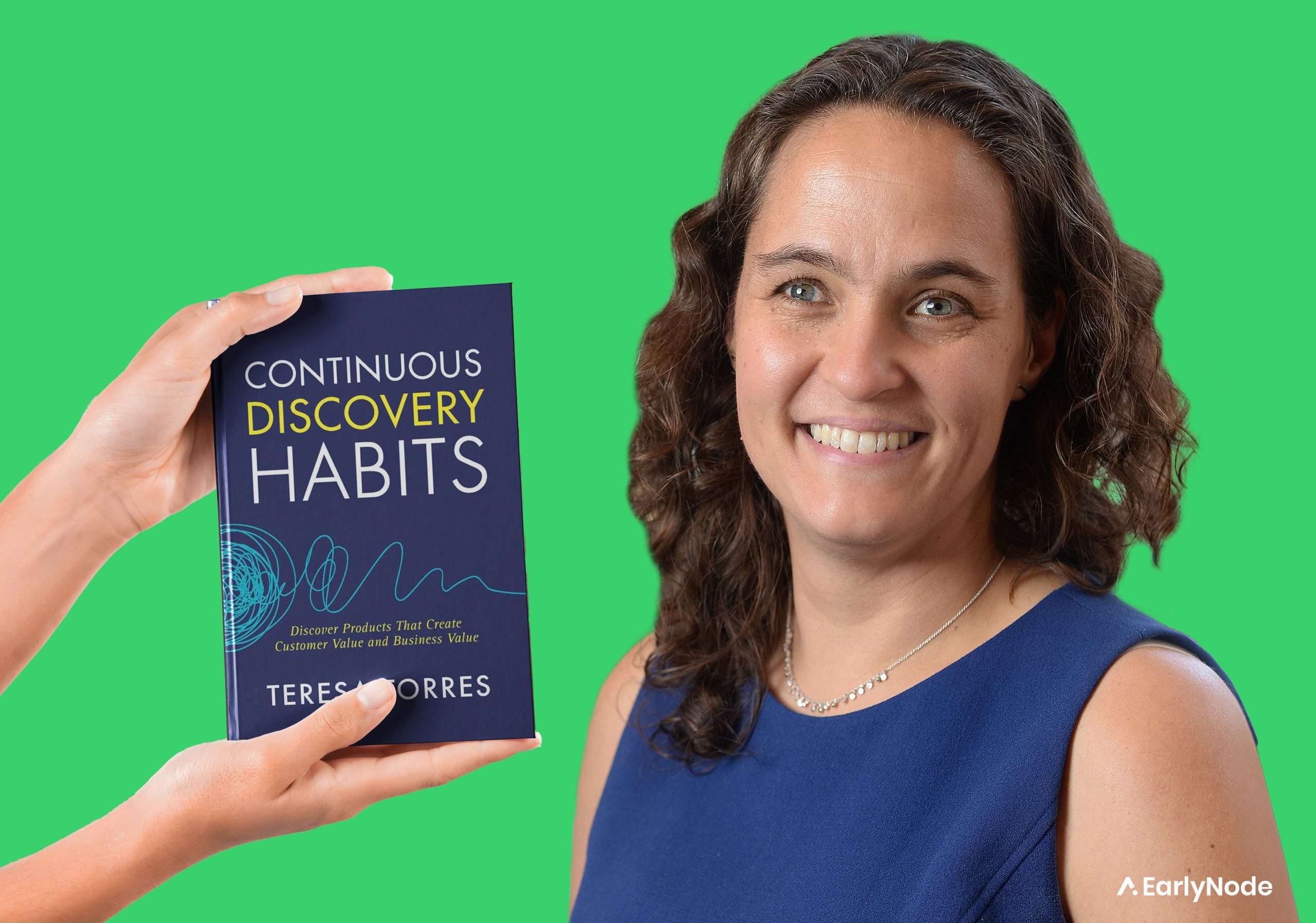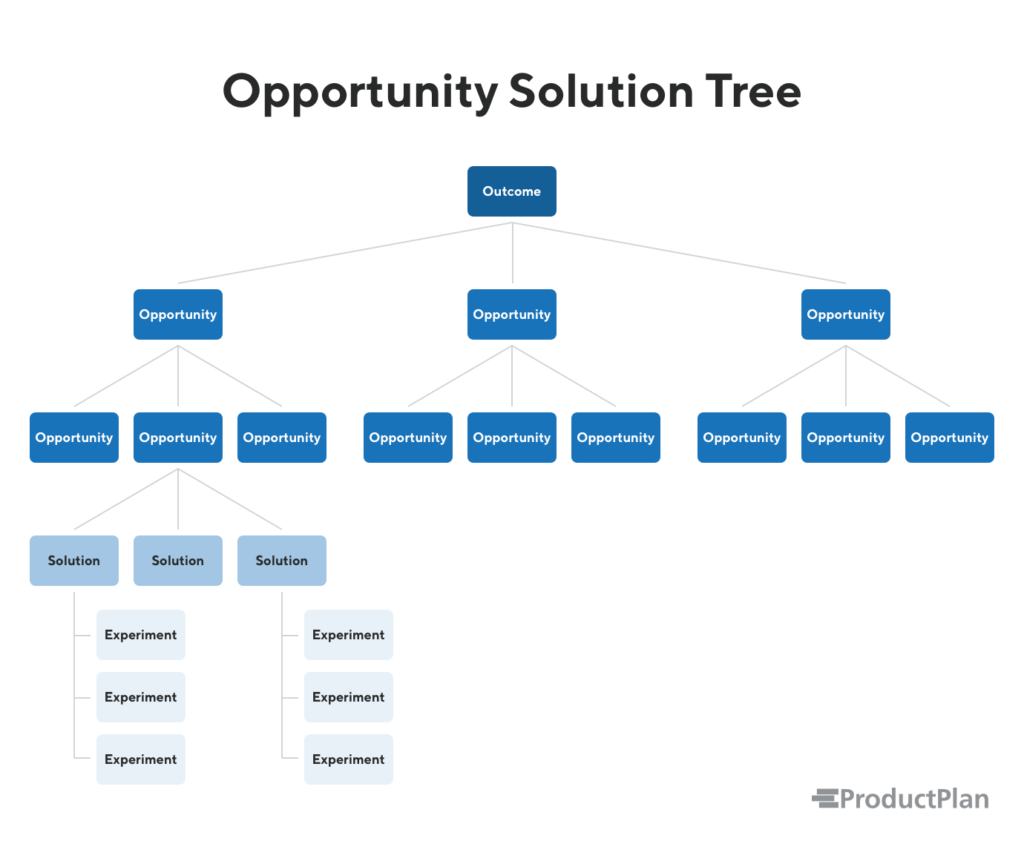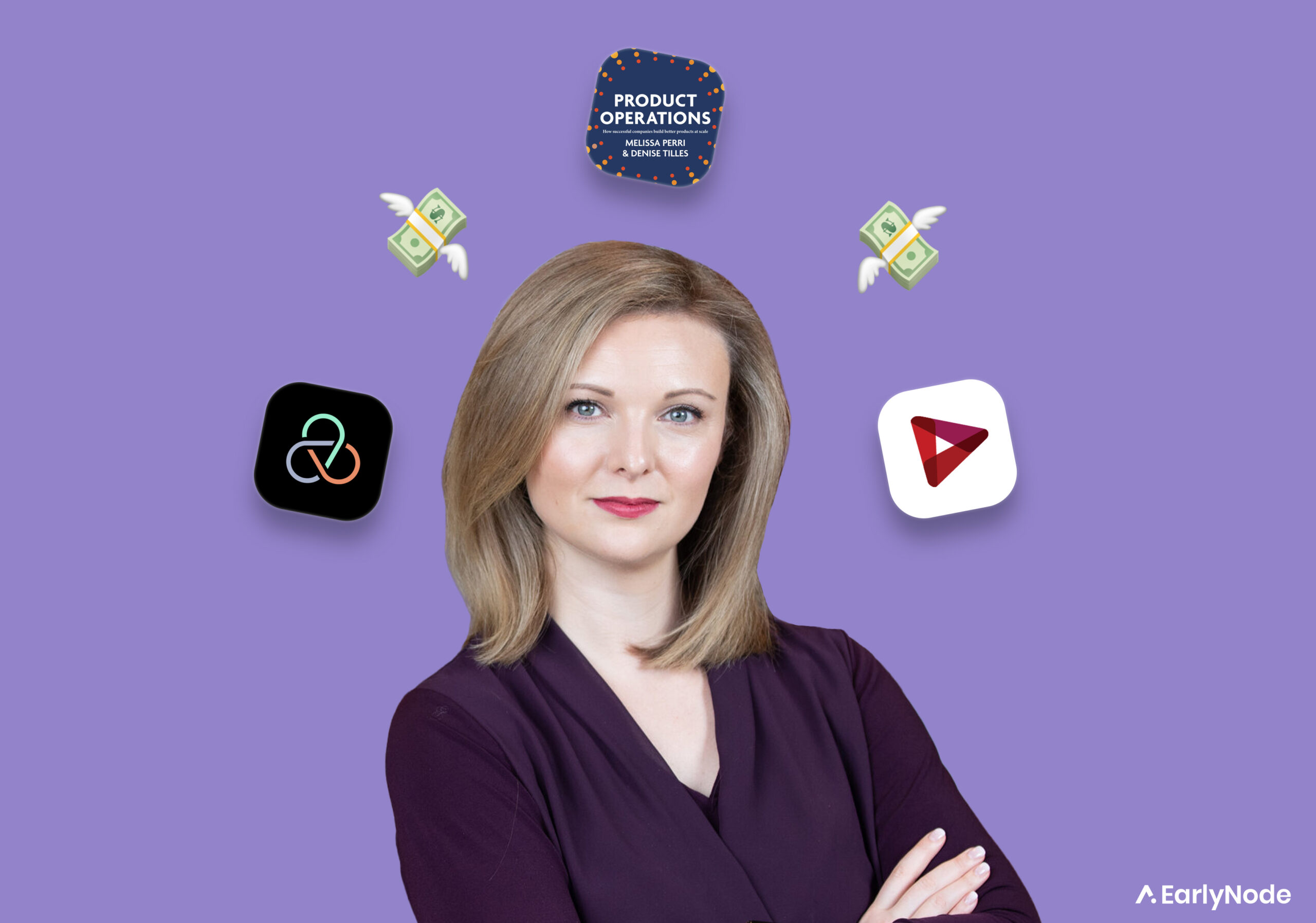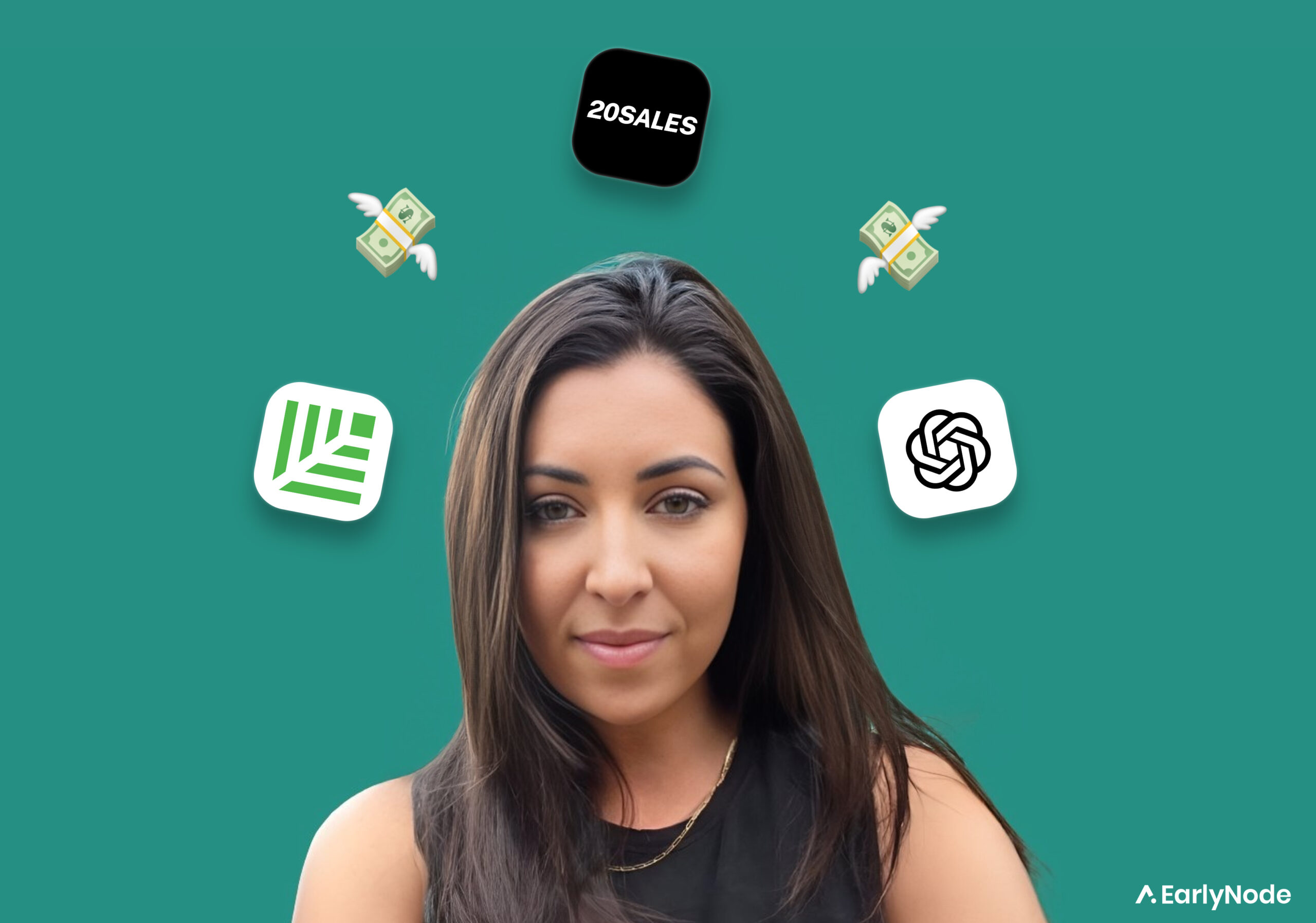Continuous Discovery with Teresa Torres (Product Management Coach)

Leading product discovery coach Teresa Torres advises hundreds of product teams at companies like Spotify, AllState, and CapitalOne. She is the bestselling author of “Continuous Discovery Habits,” a must-read book transforming how product teams approach product discovery.
In The SaaS Operator newsletter from 18 July 2023 you’ll learn:
- Making product management more customer-centric.
- The best way to spot product opportunities when interviewing customers.
- Using the Opportunity Solution Tree to visualize solutions to product opportunities.
Old-school product discovery starts with the product team doing research to kick off the project, then conducting usability tests before handing it off to engineers. You experiment through A/B testing, iterate, then rinse and repeat.
But this approach doesn’t make room for constant learning and adaptation. That’s a problem because customers’ needs change continuously.
Teresa is upgrading the old approach with a framework called “Continuous Discovery,” where companies “co-create” products with their customers.
Unlike the old style, where customers were only involved in the beginning, continuous discovery involves regular interviews to deeply understand customers’ changing needs, desires, and pain points.
Why customer feedback should be continuous
You have to collect feedback frequently for 2 reasons:
- If you’re not regularly talking directly to your customers and staying up to date with their pain points, you risk your product losing its relevance.
- Regularly interacting with customers keeps you in the loop on other tools and workflows they’re adopting. You could use that feedback to improve your product so you don’t get left behind.
Here are Teresa’s tips on how to conduct regular interviews with customers and turn that research into value:
How to do product discovery interviews Torres-style
Tip 1: Collect feedback regularly
Aim for weekly 20-minute interviews with your customers.
Tip 2: Deploy your “Product Trio”
Teresa advises that these 3 people should conduct interviews together: the developer, the designer, and the product manager. Each of them will offer a different and vital perspective.
Tip 3: Stay in the “problem space”
Take time to get to the root of the problem from the customer’s point of view. For best results, seek out specific user experiences. Phrases like, “Tell me about a time when…” will yield more revealing answers than questions like “What do you like about our product?” .
As customers start telling their stories, listen actively to spot unsolved needs and pain points – or what Teresa calls ‘opportunities’.
Tip 4: Interview different customers
Teresa suggests interviewing a mix of customers to get multiple perspectives on your product’s strengths and weaknesses.
Here are 3 categories of customers to consider:
- Power users: These customers use your product extensively and know its ins and outs. They can give deep insights into their daily user behavior.
- Potential users: These people haven’t started using your product yet but represent your target market. Their insights can help you understand their expectations, as well as any barriers keeping them from trying your product.
- Churned users: Your exes. By talking to them, you can find out why they left, which can give you ideas to improve your product.
Tip 5: Visualize the data
Data from product discovery interviews can be a lot to process mentally. It may be helpful to visually represent what you’ve heard on an Opportunity Solution Tree (OTS).
Teresa created the OTS as a way to map the best path to an outcome you’re working towards.
Let’s say you’re Netflix and your goal is to optimize the trailers at the top of the main screen. That is the outcome you’re working towards.
After speaking to customers you might discover that some people scroll away without watching the whole trailer. Teresa would call that kind of feedback an opportunity to improve your product.
One possible solution is shorter trailers. Another is changing the content of the trailers. You can experiment with different solutions to see which solves your problem and takes you towards your desired outcome.

Source: ProductPlan
💡 Pro Tip: Take the time to properly understand your customers’ problems before you start brainstorming solutions. Without staying in the problem space, you’ll create solutions based on your assumption of the problems instead of how customers see them.
Product discovery should be a continuous process because a successful product is never truly “done”. It keeps evolving to remain relevant to the changing needs of customers so try to make collecting user feedback an ongoing part of your discovery process.
Who should we cover next? If you have a SaaS expert in mind, let us know by sending us an email at saas@earlynode.com.




